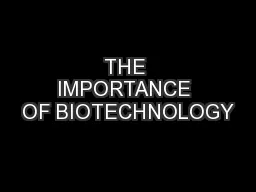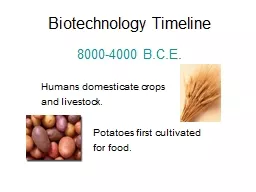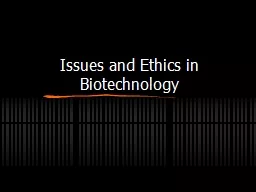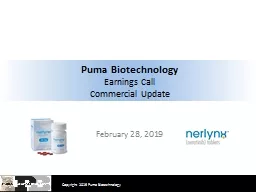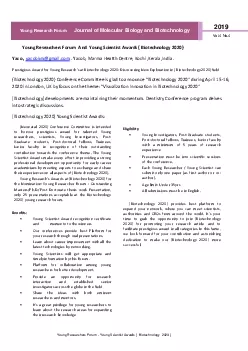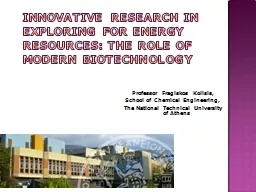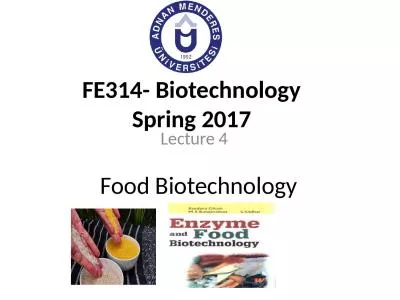PPT-Introduction to Biotechnology
Author : briana-ranney | Published Date : 2016-10-06
Lab 1C The Evolution of Cheese Making Technology The Complex Nature of Milk Milk supplies the calcium for building bones and teeth especially during adolescence
Presentation Embed Code
Download Presentation
Download Presentation The PPT/PDF document "Introduction to Biotechnology" is the property of its rightful owner. Permission is granted to download and print the materials on this website for personal, non-commercial use only, and to display it on your personal computer provided you do not modify the materials and that you retain all copyright notices contained in the materials. By downloading content from our website, you accept the terms of this agreement.
Introduction to Biotechnology: Transcript
Download Rules Of Document
"Introduction to Biotechnology"The content belongs to its owner. You may download and print it for personal use, without modification, and keep all copyright notices. By downloading, you agree to these terms.
Related Documents


